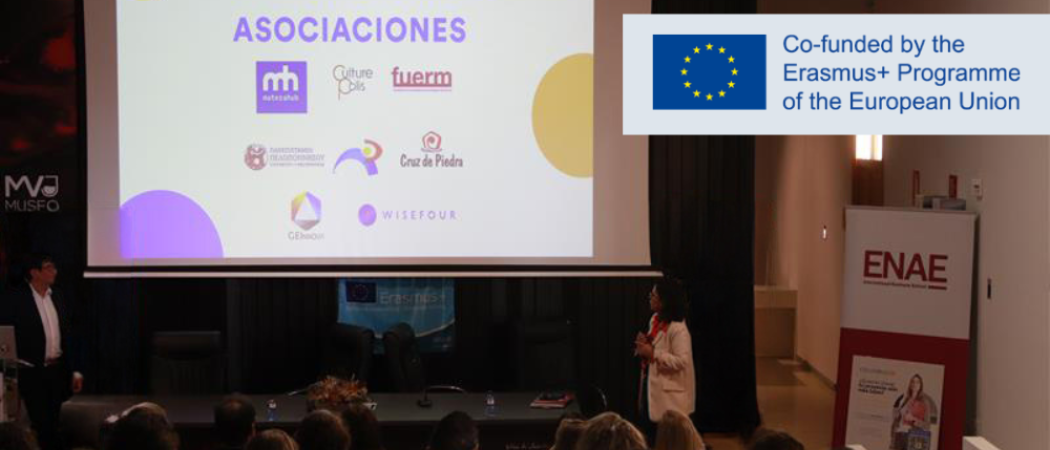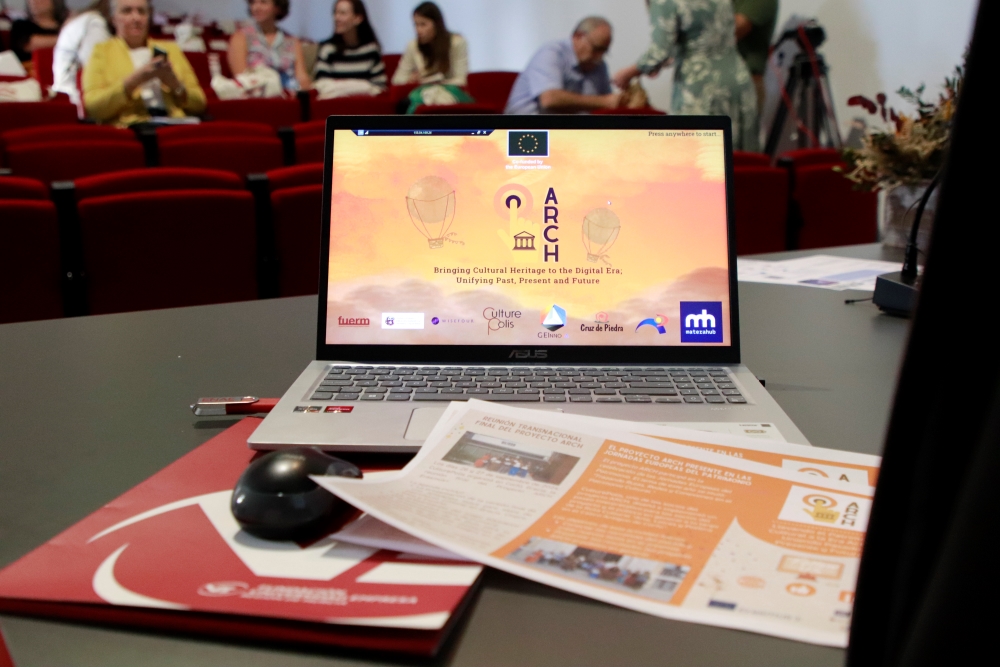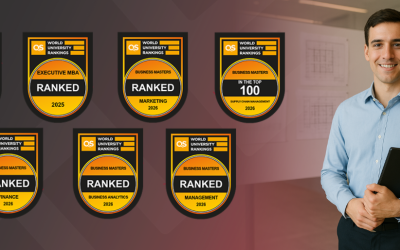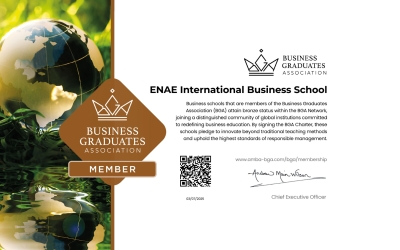 Noticias
NoticiasPresentation of the ARCH Project in Jumilla

On 17 October, at the Jumilla Wine Museum, the ARCH Project was presented, an initiative funded by Erasmus and the European Union, which seeks to integrate new technologies in education about European cultural heritage. María Dolores Belmonte, from ENAE, was in charge of presenting this project which involves four countries: Greece, Italy, Cyprus and Spain.
The main objective of ARCH is to improve students' digital and cultural literacy skills through the use of technological tools, and to foster collaboration between educational and cultural institutions in the participating countries. In addition, educators also benefit from this project, as they are trained to incorporate Information and Communication Technologies (ICT) in their teaching methodologies.
Technological Tools at the Service of Education
One of the main products of the project is a mobile application for Android devices that allows users to explore the cultural heritage of the participating countries. This application is self-contained and contains a digital navigation platform, with detailed information on points of cultural interest in the selected cities. In total, the project covers 48 monuments in 16 cities, spread across the four countries involved.

In addition, ARCH includes an interactive educational game designed for primary school students between the ages of 8 and 12. This game, available in several languages, encourages learning about historical monuments in a playful and challenging way. Students must identify true features and avoid falling for false clues, which makes the educational process more dynamic and engaging.
European Dimension of the Project
The ARCH project is not only limited to technological development, but also seeks to reinforce European identity through shared knowledge of cultural heritage. In Spain, cities such as Murcia, Zaragoza and Santiago de Compostela are part of the project, along with other cities in Greece, Italy and Cyprus. Each country has selected three emblematic monuments that students will be able to explore and compare with those in other countries, reinforcing the intercultural dimension of the project.

During the presentation, it was highlighted how the integration of technology in the study of cultural heritage increases students' motivation, improving their attention and satisfaction in the classroom. This, in turn, can reduce the risk of school dropout, especially at early educational levels. Furthermore, by combining technology with cultural education, ARCH promotes greater digital inclusion, enabling students to develop essential technological competences for their future.













